
Brazil's Gracie family elevated Japanese jiu-jitsu - Photo: AXIS
When Japanese martial arts go abroad
It is no coincidence that over the past two decades, many fighters entering the mixed martial arts (MMA) arena have had to learn some of the techniques of Brazilian Jiu-Jitsu (BJJ), a martial art that has Japanese jiu-jitsu origins and modern close combat skills created by Brazilians.
This seemingly new martial art is actually the result of a rare cultural exchange between early 20th-century Japan and Brazilian immigrant communities, creating a fighting system considered “most effective in 1-on-1 situations”.
Black Belt Magazine (USA) once called BJJ "the martial art that changed the way people think about fighting globally", and "the indispensable martial art when you want to learn close combat".
The origins of BJJ come from Japanese jiu jitsu - a system of control, takedown, and choke techniques used by Samurai warriors.
When judo split from jiu-jitsu in the late 19th century, its founder, Jigoro Kano, sent many masters abroad to spread the art. One of them was Mitsuyo Maeda, who later became a central figure in the Japan-Brazilian relationship.
In 1914, Maeda traveled to Brazil on a martial arts tour, where he met Gastao Gracie, a businessman of Scottish and Portuguese descent living in Brazil.
Mr. Gastao - who invited Maeda to teach martial arts to his son, Carlos Gracie. From the family's own story, Carlos learned everything Maeda taught about judo and traditional Japanese jiu-jitsu techniques.

Master Helio Gracie (standing), hailed as the father of BJJ - Photo: XN
However, the turning point only came when Carlos' younger brother Helio Gracie - who was thinner and weaker - joined the training.
Because of his small stature, Helio could not use the pure power throws from judo. He began to change his technique: favoring ground strikes, chokes, arm locks, and using leverage instead of muscle.
Many martial arts analysts call this the “revolutionization of judo” and the time when the identity of “Brazilian Jiu-Jitsu” was formed.
According to Professor Robert W. Smith, an expert in the history of Asian martial arts at the University of Maryland, “what makes BJJ unique is not the new technique, but the way the Brazilians re-systematized the fighting mindset into a science of controlling the opponent.”
During the 1950s-1980s, the Gracie family continuously challenged other schools, creating a model called the “Gracie Challenge”.
This method is described by the Brazilian press as a “real-life testing machine” because most of the fights are without rules and most end in chokes or joint locks.
The "engineers on the ring"
It was the constant testing that helped BJJ quickly reveal its advantage in close combat: as long as the opponent was controlled on the floor, the smaller person could still win.
In the 1990s, the BJJ wave exploded globally when Royce Gracie - Helio's son - participated in the number 1 UFC tournament (1993).
In matches with no weight classes, no thick gloves and almost no rules, Royce - weighing only 80kg - defeated a series of opponents several dozen kilos stronger than him.

BJJ is considered effective and easy to practice for women - Photo: PN
The Los Angeles Times wrote: “Royce Gracie proves that technique can beat sheer strength.” It was from this milestone that BJJ became the foundation that any modern MMA fighter must master.
What makes BJJ considered “the strongest martial art in a single combat situation” lies in its fighting philosophy.
Accordingly, the practitioner learns how to bring the fight to the floor, neutralize the opponent's strength, control and end the match with chokes or joint locks.
Training with “rolling” intensity (100% real fighting) in each session helps this martial art have high applicability, something that many traditional schools cannot maintain.
Professor John Danaher - one of the most influential BJJ coaches in the world - once analyzed that BJJ is effective because it "turns the match into a series of situations that can be predicted, analyzed, recreated and solved", turning the practitioner into an "engineer on the ring".
BJJ is not about “the hardest knockout punch” or “the most dangerous kick”. Its power lies in the system of controlling and eliminating resistance.

Gracie family martial arts school - Photo: GF
In unarmed combat environments and especially 1-on-1 combat, analysis by the American Institute of Martial Arts shows that the winning rate of those who are proficient in grappling techniques (grappling, locking) is superior to those who only possess standing fighting techniques.
More than a century after Maeda met the Gracie family, BJJ has become a global martial art system with millions of practitioners.
But more importantly, it reflects a rare story in the world of martial arts: when the essence of Japan – discipline, philosophy of control – combined with Brazilian creativity and a spirit of challenge to create what is considered the most effective martial art of the modern age.
BJJ is more than just a martial art; it is proof that when technique is built on science, real-world experience, and cultural exchange, power can be redefined in ways never before possible.
Gracie Family Origins
The Gracie family is not of Japanese descent as many people mistakenly believe, but is a Brazilian family of Portuguese-Scottish descent, who settled in Rio de Janeiro in the 19th century.
The turning point came in 1914 when Japanese master Mitsuyo Maeda, a master of Kodokan Jujutsu, came to Brazil to spread martial arts and took Carlos Gracie as his disciple.
From the basic techniques of Japanese Jiu-Jitsu, brothers Carlos and Helio Gracie modified, eliminated complex elements and built a system of levers - locks suitable for the small physique of Brazilians at that time. From there, BJJ was born, quickly becoming a symbol of martial arts culture of the Samba country.
Today, the Gracie family is in its fourth generation with over 50 members active globally. The United States has become the family's largest hub, where Rorion, Renzo, Rickson and Kron Gracie maintain influential academies.
Brazil remains the traditional cradle of schools like Gracie Barra or Gracie Humaitá. Although each branch pursues a different philosophy - self-defense, sport or MMA - they remain the most influential family in the modern martial arts world, playing a pivotal role in the development of BJJ.
Source: https://tuoitre.vn/mon-vo-loi-hai-nhat-the-gioi-do-nguoi-nhat-ban-brazil-tao-ra-la-gi-20251117091133202.htm








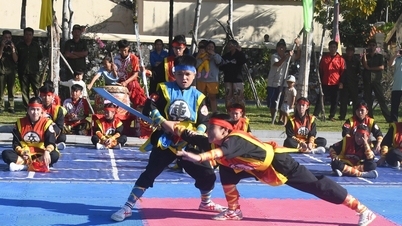


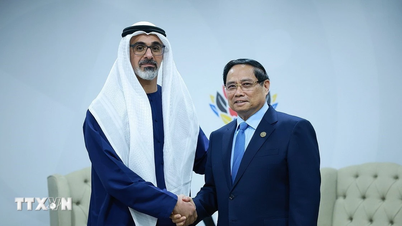

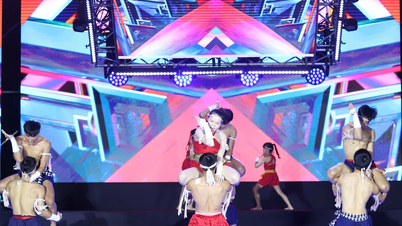



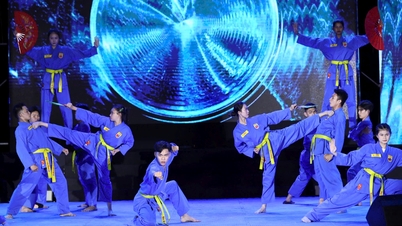

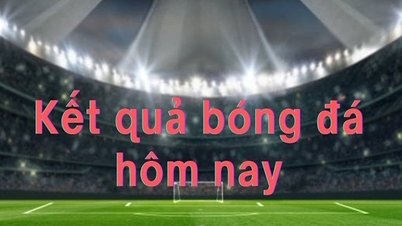



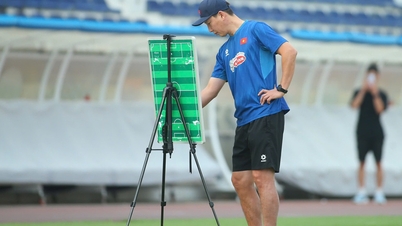










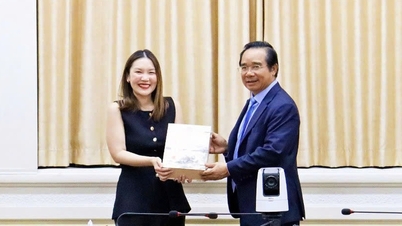

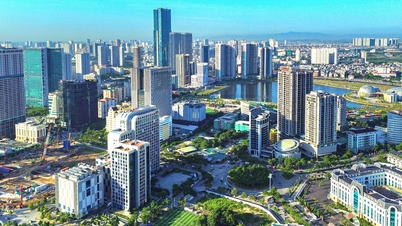

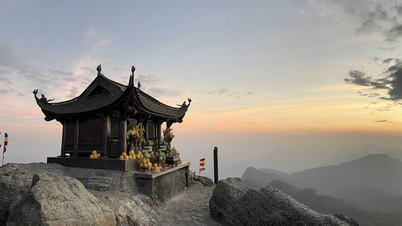































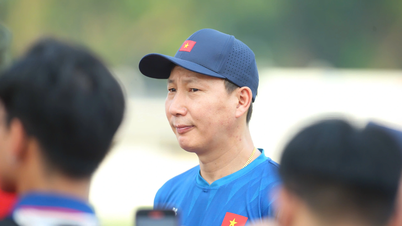



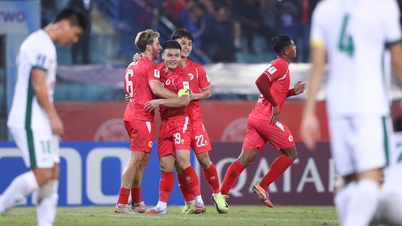




















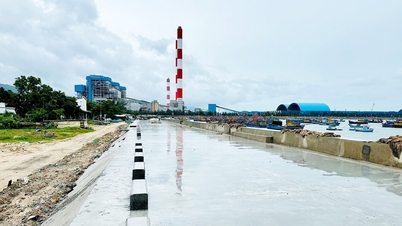

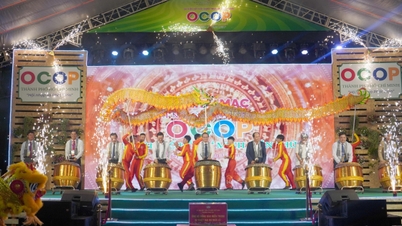







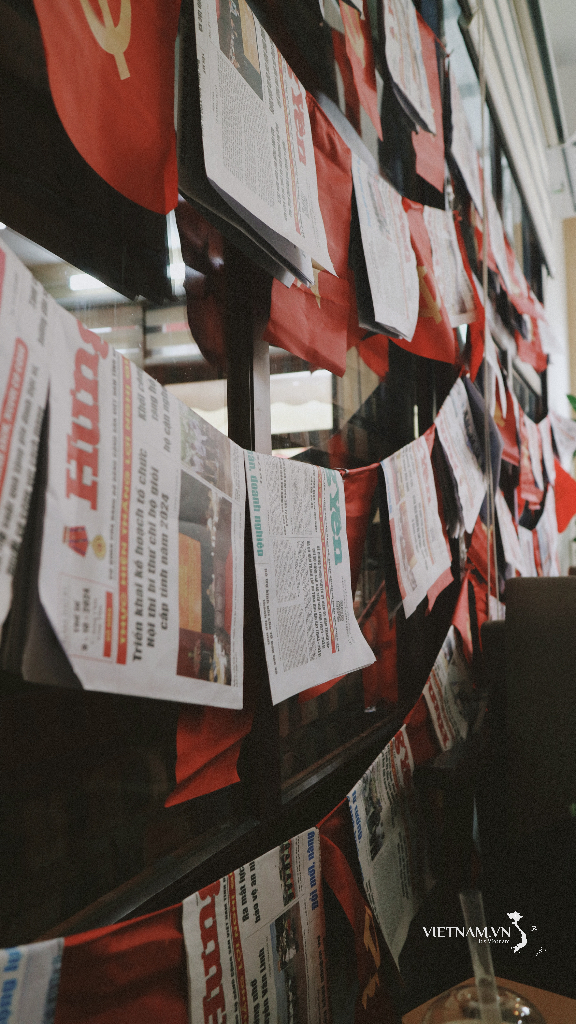



Comment (0)